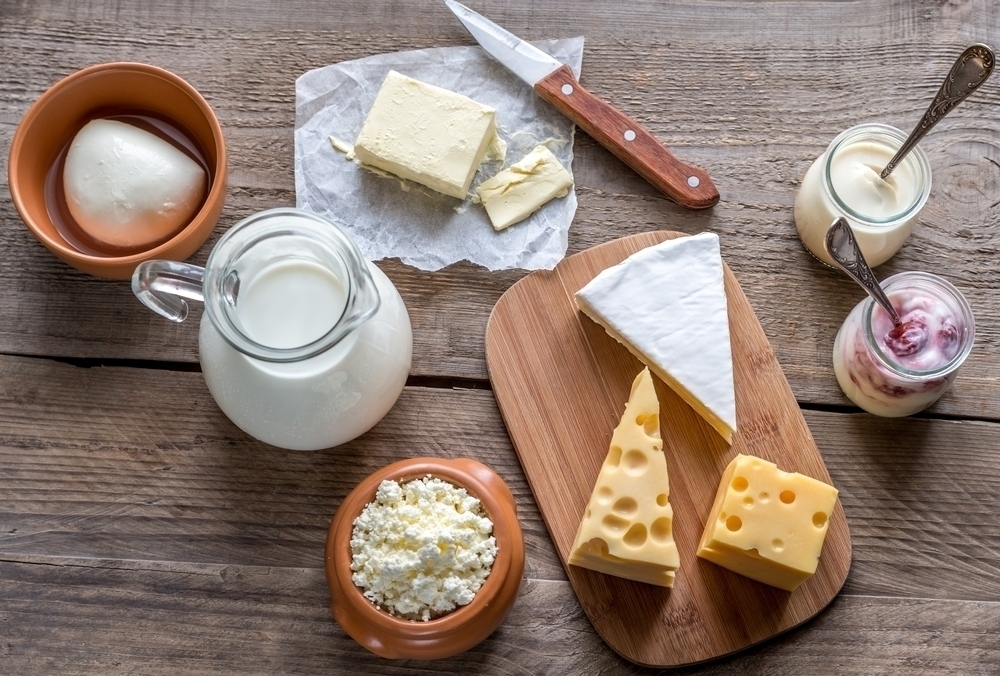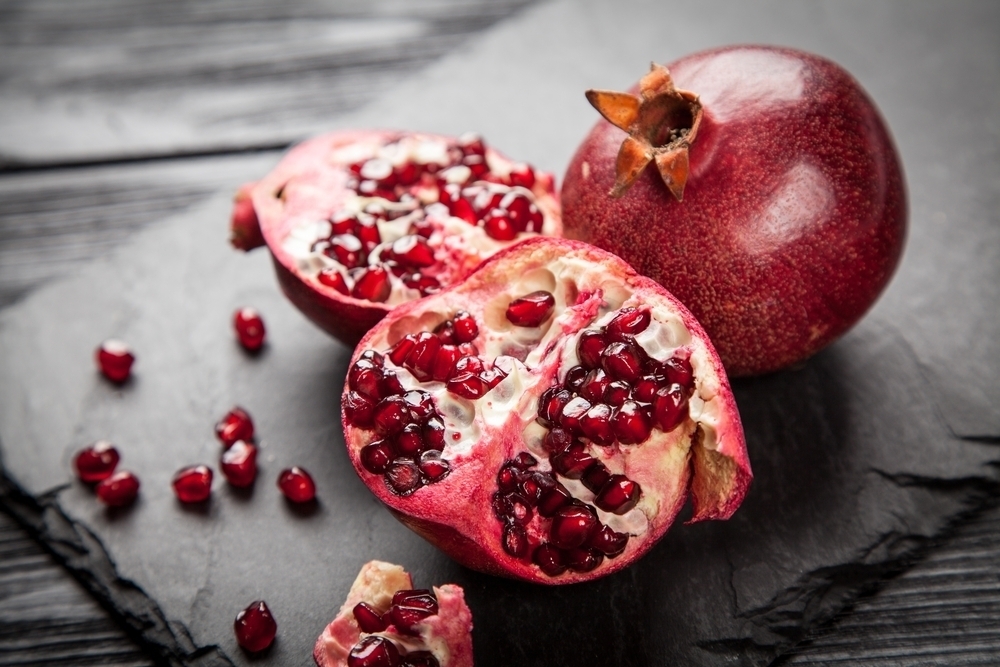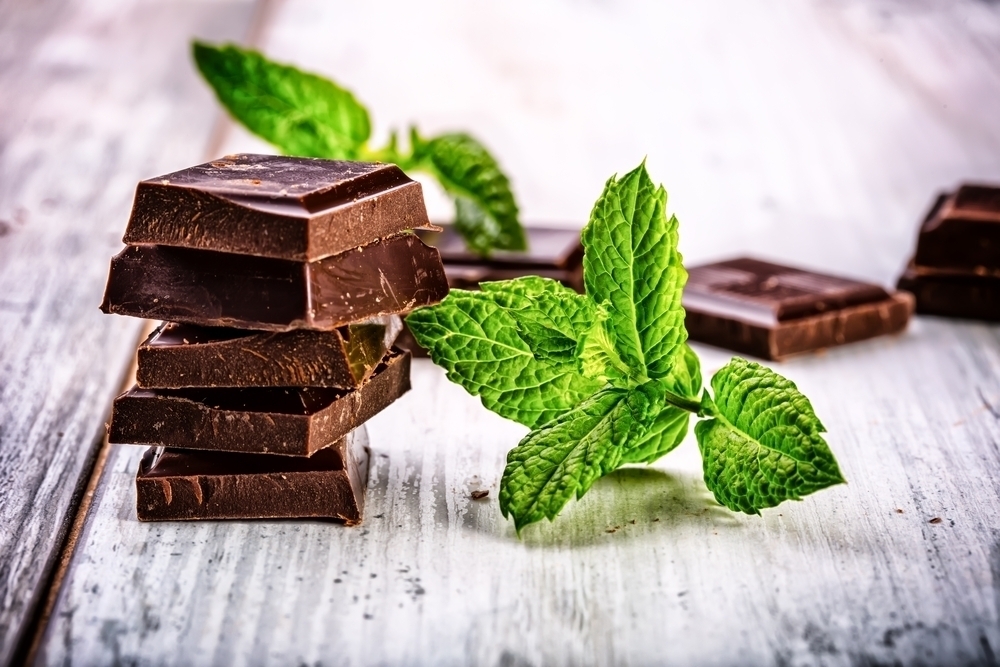Not for nothing is it known as the Demon Alcohol. Its effects seem so lovely at first, your wit increases ten fold, your cares melt away, you’re instantly sharper of thought, your inhibitions vanish, you become spontaneous, the life of the party. Then, within hours, the low comes. Your stomach is sick, your head is ringing, the alcoholic bile sours your mouth. The highs of alcohol can be glorious, but the after effects can be rather unpleasant, and not only in the short term. Repeated use of alcohol can have long lasting effects on several organs of the body, including the heart. Alcoholic cardiomyopathy is one of the many diseases caused by alcohol abuse. Here is some information on the condition and its health implications.
Alcoholic Cardiomyopathy
Alcoholic cardiomyopathy is a heart disease which thins and weakens the heart muscle, interfering with its ability to pump blood. This disrupts the major functions of the body, which can lead to heart failure and other health problems.
The condition is most common in men between the ages of 35 and 50. People with the disease usually have a five to 15-year history of heavy drinking, which is defined as alcohol consumption exceeding daily limits. In men, that means more than four drinks a day, or more than 14 drinks per week, while in women heavy drinking means more than three alcoholic beverages per day or more than seven drinks per week. While cardiomyopathy is not always symptomatic, when symptoms do occur, breakdown they commonly include shortness of breath, swelling of legs and feet, and shortness go breath.
Causes
The toxicity of alcohol damages the heart muscle, which makes it hard for the heart to pump blood. The heart begins to expand to hold the extra blood, in time becoming thinned and enlarged. Eventually, the strain causes the blood vessels and heart break down and cease to function properly.
Treatment
The first step to treating cardiomyopathy is to stop drinking completely. A doctor may be able to assist with withdrawal symptoms. He or she may suggest that you begin a low salt diet, take diuretics to help increase the removal of water and salt from your body, and limit for intake of fluid to ease pressure on the heart caused by fluid retention. Your doctor may prescribe ACE inhibitors or beta blockers to reduce blood pressure. If the heart is damaged severely, the doctor may suggest a pacemaker or implantable defibrillator to help it pump.
Long Term Outlook
The long term outlook for people suffering from alcoholic cardiomyopathy is dependent on how long alcohol was abused, and the severity of the abuse. These are the factors that will determine the extent of damage. The lesser the damage, the greater the chance of complete recovery. If the damage is irreversible, it can be hard for the heart and body to recover.
If the disease is caught in early stages, however, the condition is treatable and, in some cases the damage can be reversed. The possibility of recovery is largely dependent on the individual’s willingness to avoid alcohol and to adhere closely to the plan of treatment.
If you or someone you know is abusing alcohol, we urge you to seek help. The effects of alcohol can be detrimental and dangerous.













